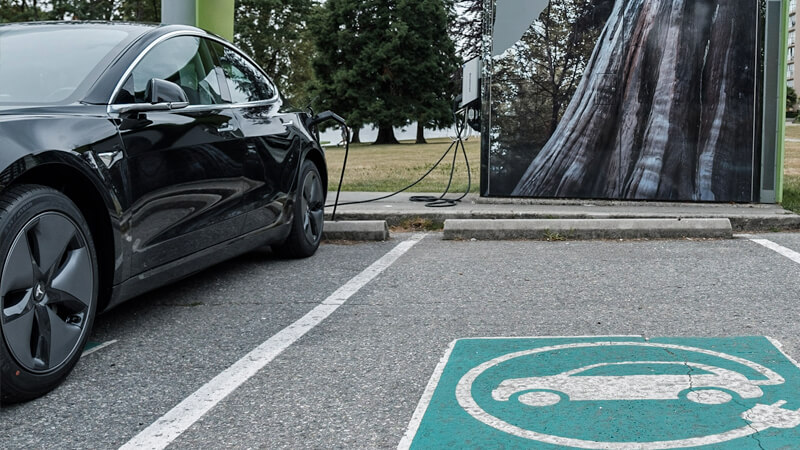British Columbia municipalities and businesses building their light-duty fleets of electric vehicles (EVs) have access to new rebates and supports for charging infrastructure through CleanBC’s Go Electric programs.
“We want to encourage more B.C. businesses, Indigenous Nations, municipalities and regional districts to make the switch to electric vehicles in their fleets,” said Bruce Ralston, B.C.’s Minister of Energy, Mines and Low Carbon Innovation. “The new rebates and other supports make it easier for fleet owners to install chargers on site and further our CleanBC goals, as well as the climate change targets of municipalities and businesses, by ensuring workers are behind the wheel of clean-energy vehicles.”
The Go Electric Fleets program offers rebates for the purchase and installation of level 2 and direct-current fast-charging stations for fleets of one or more EVs. For a limited time, eligible businesses purchasing and installing level 2 charging stations can access a higher rebate of up to $4,000 per station, representing an increase from 50 per cent to 75 per cent of basic rates. Those purchasing EVs for a fleet are eligible for the same $3,000 point-of-purchase vehicle rebates as the general public in B.C.
Many municipalities and regional districts are actively growing their fleets of EVs. In 2019, when the Regional District of Kootenay Boundary (RDKB) purchased its first EV, just under 30 per cent of its greenhouse gas (GHG) emissions came from fleet vehicles. To move closer to the regional district’s goal of reducing GHG emissions and achieving carbon neutrality, it added two more EVs in 2020. Staff use the EVs in all seasons for shorter trips locally and for longer travel between the two offices located on either side of a major mountain pass. With an EV infrastructure study completed and a low-carbon fleet plan in place, the RDKB now has a clear roadmap to full electrification of their passenger and light-duty fleet vehicles and the electrical infrastructure and EV supply equipment to support it.
“Our regional district covers an area of about 8,000 square kilometres of mountainous highways with often adverse driving conditions. That the RDKB is well on the way to converting our light-duty fleet to electric is proof that rural and urban local governments can do this with supports such as the CleanBC program,” said Diane Langman, chair of the board of directors of Regional District of Kootenay Boundary. “Some of our directors and staff are starting to make plans to replace their own personal vehicles with EVs based on seeing us lead by example. This is only the beginning, and I’m excited to see us all act to reduce our carbon footprints.”
Indigenous Nations and Indigenous-owned businesses also have access to other increased supports available through CleanBC Go Electric programming, including higher rebates for public EV charging stations through the Public Charger program.
In related news, the Nanaimo Airport has recently added to its EV charging infrastructure. New chargers are now available for public use. The Government of British Columbia, through the CleanBC Go Electric Program, and the Nanaimo Airport each contributed funds to this initiative, with total project cost of $400,000.
For further information, click here: CleanBC Go Electric Program











